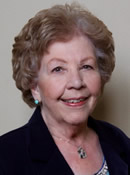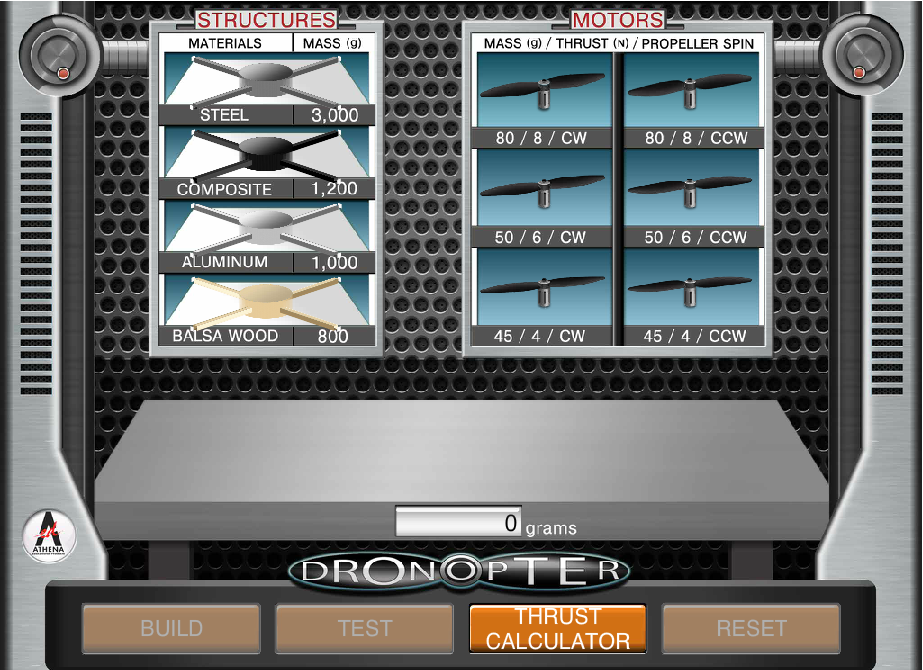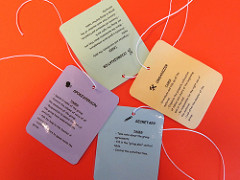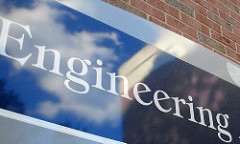
As Retiring President of the National Science Teachers Association, I have witnessed an outpouring of dedication and energy from thousands of science educators across this nation. It is a number based on observations and participation. I would like to take this opportunity to share a BIG THANK YOU to them all. And I’d like to start by calling attention to those volunteers who took on the responsibility of hosting and coordinating a regional science conference, a national science conference, and/or a state science conference. Collaboration and team work was vital and that was so exemplary with the outstanding success demonstrating the collegial participation at all those events.
As President last year, I also witnessed dynamic volunteer participation from just about the best elected/appointed Board, Council, District Directors, Committee, and Advisory Board members that any leader could possibly dream about. I would like to share another BIG THANK YOU to these members who have the knowledge of what to do and how to do it, the dedication to science education for ALL, and the energy to get the job done. The most important criteria for this phenomenal group is PASSION. These science educators must have a great passion for science and science education at all levels, a passion for bringing divergent groups of people together based on common themes on scientific literacy, and a passion for developing a synergy of best practices.
But to achieve the goals for NSTA in stimulating, improving, and coordinating science teaching at all levels of instruction and to achieve the mission of promoting excellence and innovation in science teaching and learning, we need to have the “glue’ that joins these parts into a common whole. I would like to share a most enthusiastic BIG THANK YOU to the staff at NSTA. These are the staff personnel who plan and coordinate vibrant science education activities and answer every and all questions for information that is sought by the membership; who help build the foundations for coordinating the presentations and science exhibitors for all the conferences; who coordinate the research based professional development for the membership; who foster communication using print and other digital resources; who advocate for best scientific practices with the legislature; who develop programs that foster leadership with and among other science organizations; who publish the highest quality science/science education resources; who engage teachers through the Learning Center with courses, on-line e books, and other resources that bring science to life; who work with outside agencies to develop competitive programs in science and engineering for our science students across the country; who work with outside agencies to celebrate the outstanding achievement of science teachers,
The National Research Council, in a recent report, has explained that deeper learning is gained through facilitating opportunities. NSTA does just that. We are the world’s leader is facilitating opportunities for students and for science educators. My presidential theme for last year was to Connect, Collaborate, Celebrate. Teachers Are The Key. Our NSTA members have made that a reality. So finally, I say a BIG THANK YOU to the members of our organization who made my year as President most rewarding.
Below, we especially recognize the Retiring Committee, Advisory Board, and Review Panel Members below for their service to NSTA for the time period of June 1, 2016 to May 31, 2017.
College: Richard Jones, Krassi Lazarova, Keith Prokopp
Coordination: James Blake, Jeffrey Patterson, Mary Poarch
High School: Emily Meyer, Christopher Nilsen, Eric Wilson
Informal: Alex Dzurick, Karen Hays, Sharon Morrell
Middle Level: Zoe Evans, Elizabeth Orlandi, Mary Patterson
Multicultural: Olukayode Banmeke, Deena Gould, Carol Suppes
Preschool-Elementary: Patti Born-Selly, Anne Durrance, Rebecca Kurson
Preservice: Patricia Bricker, Jeanelle Day, Sumi Hagiwara, Elizabeth Lewis, Elaine Scarvey
NSTA Teacher Accreditation: Jeanelle Day, Joseph Zawicki, Eric Pyle
Professional Development: Aoko Hope, Nancy Movall, Brian Terry
Research: Kathy Malone, James McDonald, Brian Plankis
Audit: Susan German
Awards: Olga Hunt, Ann Lopez, Diana Wiig
Budget: Christine Royce
Nominations: Michelle Daml, Elsa Bailey, Janice Koch, Barbara Morrow, Emily Schmitt Lavin
Advisory Board, Aerospace: Barbara Gosney, Paul Nordhaus, Katrina Lynn Robinson
Conference: Ana Appel
Development: Alan McCormack
NSTA members who would like to serve on the board or council can apply here. In the fall, we will open applications for our committees, advisory boards, and review panels, and information about them can be found here.
The mission of NSTA is to promote excellence and innovation in science teaching and learning for all. Learn more about NSTA Membership. Mary Gromko is the retiring president of the National Science Teachers Association (NSTA). She began serving her one-year term on June 1, 2017. Gromko is currently a retired science educator in Colorado Springs, Colorado.
Mary Gromko is the retiring president of the National Science Teachers Association (NSTA). She began serving her one-year term on June 1, 2017. Gromko is currently a retired science educator in Colorado Springs, Colorado.
Follow NSTA







 Quite simply, attending professional meetings gives me a chance to grow. I am THE Science teacher in our little junior high and I do not have in school science colleagues to share with, plan with or learn from. Attending meetings, presenting, serving on the board, gives me a chance to validate that what I am doing is right. I get to share my experiences and hear about how others teach the same topics. I get to compare – class sizes, budgets (or lack of budgets), debate block vs regular schedules or whether or not to have a science fair. I get to help make decisions. I learn about professional development opportunities, grant funding and career options. All this-in a city other than my own that I can also explore through field trips, dining with friends and touring on my own.
Quite simply, attending professional meetings gives me a chance to grow. I am THE Science teacher in our little junior high and I do not have in school science colleagues to share with, plan with or learn from. Attending meetings, presenting, serving on the board, gives me a chance to validate that what I am doing is right. I get to share my experiences and hear about how others teach the same topics. I get to compare – class sizes, budgets (or lack of budgets), debate block vs regular schedules or whether or not to have a science fair. I get to help make decisions. I learn about professional development opportunities, grant funding and career options. All this-in a city other than my own that I can also explore through field trips, dining with friends and touring on my own.

 Mary Gromko is the retiring president of the National Science Teachers Association (NSTA). She began serving her one-year term on June 1, 2017. Gromko is currently a retired science educator in Colorado Springs, Colorado.
Mary Gromko is the retiring president of the National Science Teachers Association (NSTA). She began serving her one-year term on June 1, 2017. Gromko is currently a retired science educator in Colorado Springs, Colorado.




